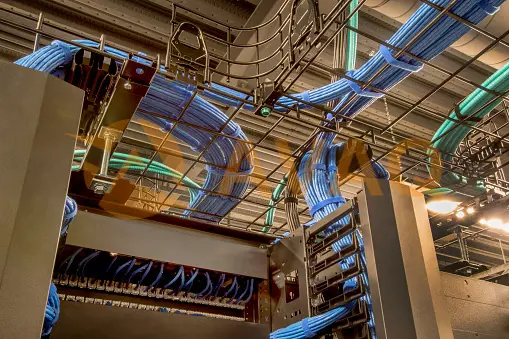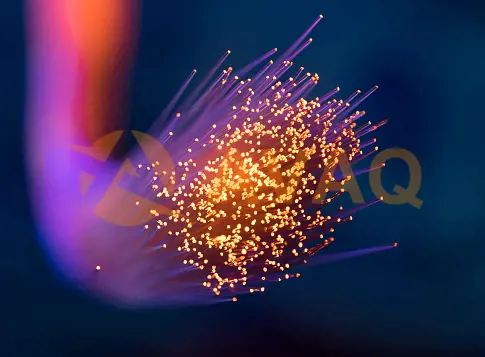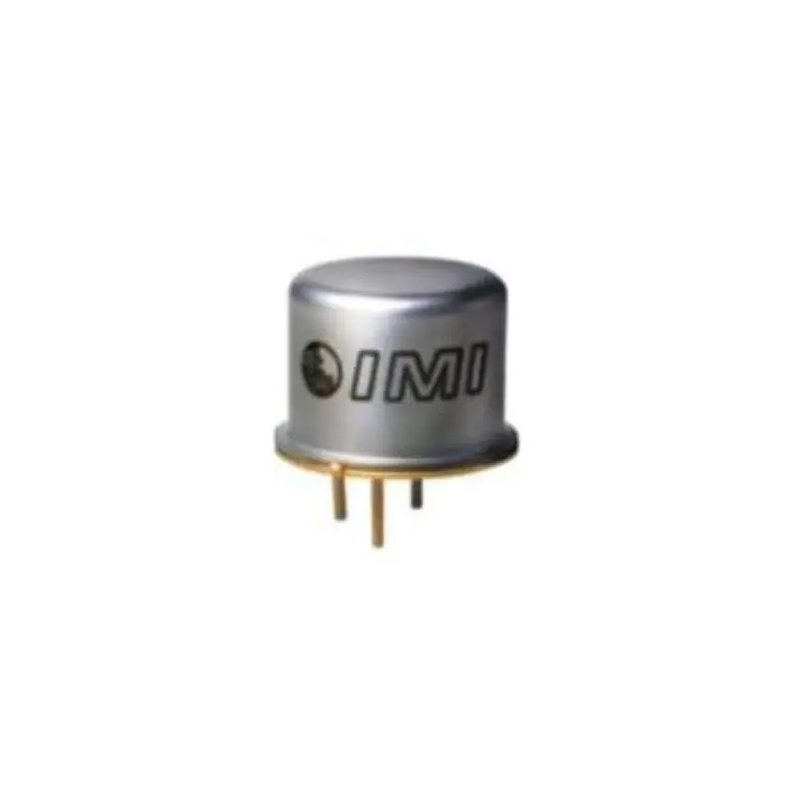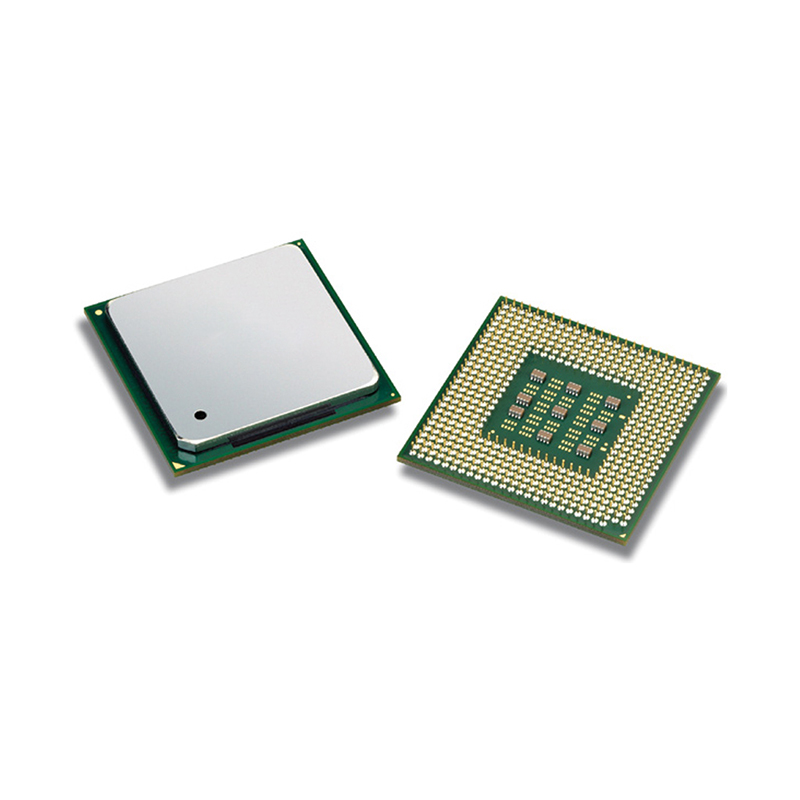What is Fiber Optic Connectors?
 Pubblicato: Apr 25, 2023
Pubblicato: Apr 25, 2023

Fiber optic connector, is a removable (movable) connection between the fiber and the fiber device, it is the two ends of the fiber precision butt to enable the launch of the optical fiber output light energy to maximize coupling to the receiving fiber, and make its intervention in the optical link to minimize the impact on the system, which is the basic requirements of the fiber optic connector. To a certain extent, the fiber optic connector affects the reliability and performance of the optical transmission system.
Classification
Fiber optic connectors according to the different transmission media can be divided into common silicon-based fiber single-mode and multimode connectors, and others such as plastic as the transmission medium of fiber optic connectors; according to the connector structure can be divided into: FC, SC, ST, LC, D4, DIN, MU, MT and so on various forms. Among them, ST connectors are usually used for cabling equipment, such as fiber optic patch panels, fiber modules, etc.; while SC and MT connectors are usually used for network equipment. According to the shape of the fiber end points FC, PC (including SPC or UPC) and APC; according to the number of fiber cores divided into single-core and multi-core (such as MT-RJ) points. Fiber optic connectors are widely used, a wide variety. In the actual application process, we generally follow the different structure of fiber optic connectors to distinguish. The following are some common fiber optic connectors:
FC type fiber optic connectors
This connector was first developed by Japan NTT, FC is the abbreviation of Ferrule Connector, indicating that its external reinforcement is the use of metal sleeves, fastening method for the screw buckle. The earliest, FC type connector, using ceramic pins of the docking end face is a flat contact method (FC). This type of connector structure is simple, easy to operate, easy to make, but the fiber end face is more sensitive to dust, and easy to produce Fresnel reflection, improve the return loss performance is more difficult. Later, the type of connector was improved, using the butt end face is a spherical pin (PC), while the external structure has not changed, making the insertion loss and return loss performance has been improved significantly.
SC-type fiber optic connectors
This is a kind of fiber optic connector developed by Japan NTT. Its shell is rectangular, the structure of the pins and coupling sleeve dimensions are identical to the FC type. The end face of the pins are mostly ground in PC or APC type; the fastening method is to use the plug and pin latch type, without rotation. Such connectors are inexpensive, easy to plug and unplug operation, small fluctuations in intervention loss, high compressive strength, high installation density.
ST and SC interface are two types of fiber optic connectors, for 10Base-F connection, the connector is usually ST type, for 100Base-FX, the connector is SC type in most cases. the core of ST connector is exposed, the core of SC connector is inside the connector.
Biconic Connector
This type of fiber optic connector is the most representative product developed by the U.S. Bell Labs, which consists of two precision molded end of a truncated conical cylinder plug and a coupling assembly with a double conical plastic sleeve inside. This connector uses the same structural dimensions of the pin and coupling sleeve as the FC type, and the end face is treated by PC grinding. Compared with the FC type connector, its structure is more complex, the internal metal structure has a spring to control the pressure, which can avoid damage to the end face due to excessive plugging pressure. In addition, the mechanical accuracy of this connector is higher, so the intervention loss value is smaller.
MT-RJ type connectors
MT-RJ started from the MT connector developed by NTT, with the same latching mechanism as the RJ-45 type LAN electrical connector, and is aligned with the optical fiber by the guide pins mounted on both sides of the small sleeve.
LC type connector
LC type connector is the famous Bell (Bell) Research Institute research and development, the use of easy to operate modular jack (RJ) latch mechanism made. The size of the pins and sleeves used is half the size of the common SC, FC, etc., at 1.25 mm, which can increase the density of fiber optic connectors in the fiber optic distribution frame. Currently, in single-mode SFF, LC type connectors have actually dominated, and the application in multimode is also growing rapidly.
MU type connectors
MU (Miniature unit Coupling) connector is the world's smallest single core fiber optic connector developed by NTT based on the most used SC type connector. This connector uses a 1.25mm diameter sleeve and self-retaining mechanism, and has the advantage of high density installation. Using the MU's l.25mm diameter sleeve, NTT has developed the MU connector series. They are socket-type connectors for fiber optic cable connections (MU-A series); baseboard connectors with self-retaining mechanisms (MU-B series) and simplified sockets for connecting LD/PD modules to plugs (MU-SR series). With the rapid development of fiber optic networks toward larger bandwidth and larger capacity and the widespread use of DWDM technology, the demand for MU-type connectors will also grow rapidly.
MC connectors
In 2012, domestic communication companies independently developed a smaller size than LC connectors, higher density MC connectors. Nikai MC fiber optic movable connector is a high-density single-core fiber optic movable connector, suitable for various high-density occasions, such as high-capacity central server rooms and high-density data centers. MC fiber optic movable connector has high density, up to twice as high as LC connector in the same space, which is the smallest and highest density connector in the world.

General Construction
The main purpose of fiber optic connectors is used to achieve the splicing of optical fibers. Has been widely used in fiber optic communication systems in the fiber optic connector, its many types, the structure varies. But in detail, the basic structure of various types of fiber optic connectors is the same, that is, the majority of fiber optic connectors generally use high-precision components (consisting of two pins and a coupling tube a total of three parts) to achieve the alignment of the fiber connection.
In this method, the optical fiber is inserted and fixed in the pins, and the surface of the pins is polished and aligned in the coupling tube. The outer component of the pin is made of metallic or non-metallic material. The butt end of the pin must be polished, and the other end is usually made with a bend limiting member to support the fiber or fiber flexible cable to relieve stress. The coupling tube is generally made of ceramic, or bronze, and other materials, the two halves of the composite, fastened cylindrical components made, more often with metal or plastic flange to facilitate the installation of the connector fixed. In order to align the fiber as accurately as possible, the processing accuracy of the pin and the coupling tube is very high.

Performance
Fiber optic connector performance, the first is the optical performance, in addition to consider the interchangeability of fiber optic connectors, repeatability, tensile strength, temperature and plugging times.
(1) optical performance: for optical fiber connector optical performance requirements, mainly insertion loss and return loss of the two most basic parameters.
Insertion loss (InsertionLoss), that is, the connection loss, is the loss of effective optical power of the link caused by the introduction of the connector. The smaller the insertion loss, the better, the general requirement should not be greater than 0.5dB.
Return loss (ReturnLoss, ReflectionLoss) refers to the connector on the link optical power reflection suppression ability, its typical value should not be less than 25dB. practical application of the connector, the pin surface after a special polishing process, can make the return loss is greater, generally not less than 45dB.
(2) Interchangeability, repeatability
Fiber optic connectors are common passive devices, for the same type of fiber optic connectors, generally can be used in any combination, and can be used repeatedly, which is generally less than 0.2dB of additional loss into the range.
(3) tensile strength
For a good fiber optic connector, the general requirements of its tensile strength should not be less than 90N.
(4) Temperature
General requirements, fiber optic connectors must be in the -40oC ~ +70oC temperature can be used normally.
(5) plugging times
The use of fiber optic connectors can basically plug and unplug more than l000 times.

Interpretation of the label: In the labeling of the pigtail connector, we can often see "FC/PC", "SC/PC", etc., the meaning of the following:
"/" the front part indicates the connector type of the pigtail, see the previous description. "/" after the fiber optic connector cross-section process, that is, the grinding method. Fiber optic connector end contact method has PC, UPC, APC type three. PC - Physic Contact, the original meaning of physical contact, pin body end face for the physical end face; UPC - Ultra Physical Contact, pin body end face for the super physical end face; APC PC multimode fiber does not have APC type. "PC" is most widely used in telecom operators' equipment, and its splice cross-section is flat. "UPC" is smaller than "PC", generally used in equipment with special needs, some manufacturers of optical connectivity equipment with internal jumper is FC/UPC, mainly to improve the equipment itself indicators. "APC" is mostly used in the broadcast and early CATV systems, because APC with the inclination of the end face, can improve the quality of the TV signal, mainly because the TV signal is analog light modulation, when the coupling surface is vertical, the reflected light returns along the original path. Due to the uneven distribution of the refractive index of the fiber will return to the coupling surface again, at this time, although the energy is very small, but because the analog signal is unable to completely eliminate the noise, so the equivalent of the original clear signal superimposed on a weak signal with time delay, the performance of the picture is a double image. Pigtail head with tilt angle can make the reflected light does not return along the original path. General digital signals generally do not have this problem.
Connection steps
1, fiber optic quick connector is a very innovative field termination connector, it contains factory pre-assembled fiber, pre-polished ceramic insert and a mechanical splicing mechanism.
2, when terminated, simply insert the introduced fiber or indoor fiber into the mechanical splicing mechanism, without the use of other tools, the termination process takes only about 2 minutes, greatly saving installation time.
3, fiber optic quick connectors inside the core and end face are factory pre-milled and pre-polished, mechanical splicing mechanism is located at the end of the core, used to fix the inserted fiber.
4, mechanical splicing mechanism mainly consists of V-groove and clamping elements; when the fiber needs to be inserted, open the V-groove with a wedge-shaped clip to facilitate the smooth insertion of optical fiber.
5, When the fiber is inserted into the V-slot and fixed, the wedge clip can be pulled out from the V-slot.
 Focus del settore popolare
Focus del settore popolare
Hot Products
-
![AT65-0106]()
AT65-0106
te connectivity
The AT65-0106 is an essential component for seamless RF wireless connectivity
-
![86-050G-C]()
86-050G-C
TE Connectivity
Pressure Sensor 50PSI (344.74kPa) Vented Gauge 0 mV ~ 100 mV Cylinder
-
![PC20-5-TO8]()
PC20-5-TO8
TE Connectivity
Photodiodes PIN PD 20mm sqd. H/S Ept Pin Phtdiode
-
![ELAF-50N-C30001]()
ELAF-50N-C30001
TE Connectivity
Compression and Tension Load Cell Module 50N Force 5.25V
-
![HDIM100GUZ8P3]()
HDIM100GUZ8P3
TE Connectivity
Board Mount Pressure Sensors HDIM100GUZ8P3; PRES; 0...100mbar; 2V; 3V
-
![HTDB001BEP]()
HTDB001BEP
TE Connectivity
Board Mount Pressure Sensors 1000mbar, SMD side port, 5V supply, SPI
Parti correlate
-
![Hi3516CV300]()
Hi3516CV300
Hisilicon
-
![SKY77615]()
SKY77615
SKYWORKS
Amplifier
-
![H28S7Q302BMR]()
H28S7Q302BMR
SKHYNIX
-
![S3C2510A01L]()
S3C2510A01L
SAMSUNG
-
![PMP8074]()
PMP8074
QUALCOMM
-
![MSM6100]()
MSM6100
QUALCOMM
-
![BCM94330LGA]()
BCM94330LGA
BROADCOM
Dual-band WI-FI module supports dual-band Bluetooth part supports BT network card
-
![BCM47734IUBG]()
BCM47734IUBG
BROADCOM
-
![AMD-K6-2/333AFR]()
AMD-K6-2/333AFR
XILINX
RISC Microprocessor, 32-Bit, 333MHz, CMOS, CPGA321, STAGGERED, CERAMIC, PGA-321
-
![AM7310ITJ44JB]()
AM7310ITJ44JB
AMD
-
![SD1A160]()
SD1A160
Diodes Inc
SIDACS 0.9 AMPERES RMS 120 THRU 240 VOLTS


 Tempo di aggiornamento: Apr 25, 2023 Elettronica di consumo
Tempo di aggiornamento: Apr 25, 2023 Elettronica di consumo












